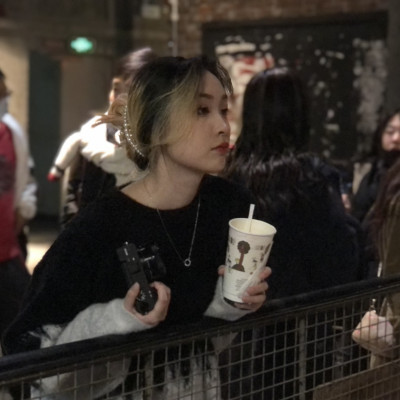5 key facts about this project
Functionally, this project serves as a multi-use facility that accommodates various community activities. It is designed to house spaces for social interaction, events, and cultural activities, making it a central hub for community engagement. The layout is meticulously planned to ensure that all areas encourage usability and interaction among users. This reflects an architectural approach that prioritizes communal involvement and fosters a sense of belonging within the space.
One of the most notable aspects of the design is its materiality. The project utilizes a combination of sustainable materials, including recycled timber, concrete, and glass. The choice of materials not only enhances the aesthetic appeal but also contributes to the building's overall performance and sustainability. For instance, the use of recycled timber establishes a warm, inviting atmosphere while minimizing the environmental impact typically associated with new timber products. The concrete elements offer durability and structural integrity, while expansive glass panels allow natural light to flood the interiors, enhancing the user experience and reducing energy consumption.
In terms of architectural details, the project features a series of thoughtful design elements that contribute to its uniqueness. Open floor plans create fluid transitions between spaces, promoting an inviting atmosphere and facilitating informal gatherings. Vertical gardens and green roofs enhance biodiversity, improve air quality, and add a layer of ecological awareness to the architectural design. These elements highlight a commitment to sustainability, merging nature with the built environment in a way that encourages interaction with the landscape.
The facade of the building is particularly noteworthy, combining modern aesthetics with traditional motifs that reflect the local heritage. This approach not only imbues the design with a sense of place but also relates to the historical context of the area, presenting an architectural language that resonates with the community. The thoughtful selection of colors and textures ensures that the building harmonizes with its surroundings rather than dominating them, promoting a dialogue between the architecture and its environment.
Lighting plays a critical role in this design, taking into account both natural and artificial sources. The architectural elements are deliberately positioned to maximize daylight exposure, significantly reducing reliance on electrical lighting. The incorporation of smart lighting systems enhances the functionality of the space while ensuring that the energy efficiency remains high.
An innovative aspect of this project is its adaptive design elements. These components allow the space to evolve according to the varied needs of its users, showcasing a forward-thinking approach in architecture. Movable walls and flexible furnishings enable multiple configurations of the interior, making it possible to host a variety of events ranging from workshops to public gatherings. This adaptability not only enhances functionality but also extends the life of the architecture by allowing it to remain relevant.
The project embodies a comprehensive understanding of contemporary architectural ideas and methodologies, particularly in how it incorporates societal, environmental, and cultural factors into its design. The synthesis of sustainable practices with user-centric features emphasizes a well-rounded approach that meets modern demands while respecting the past.
Readers are encouraged to explore the project's architectural plans, sections, and diverse architectural designs to gain a deeper understanding of the innovative ideas embedded within this multi-faceted project. A thorough examination of the presentation will provide further insights into the intentional decision-making processes behind the design and material selections, highlighting the inspiring outcomes of this architectural endeavor.


 Pulu Zhou,
Pulu Zhou,  Huyi Guan
Huyi Guan 




















